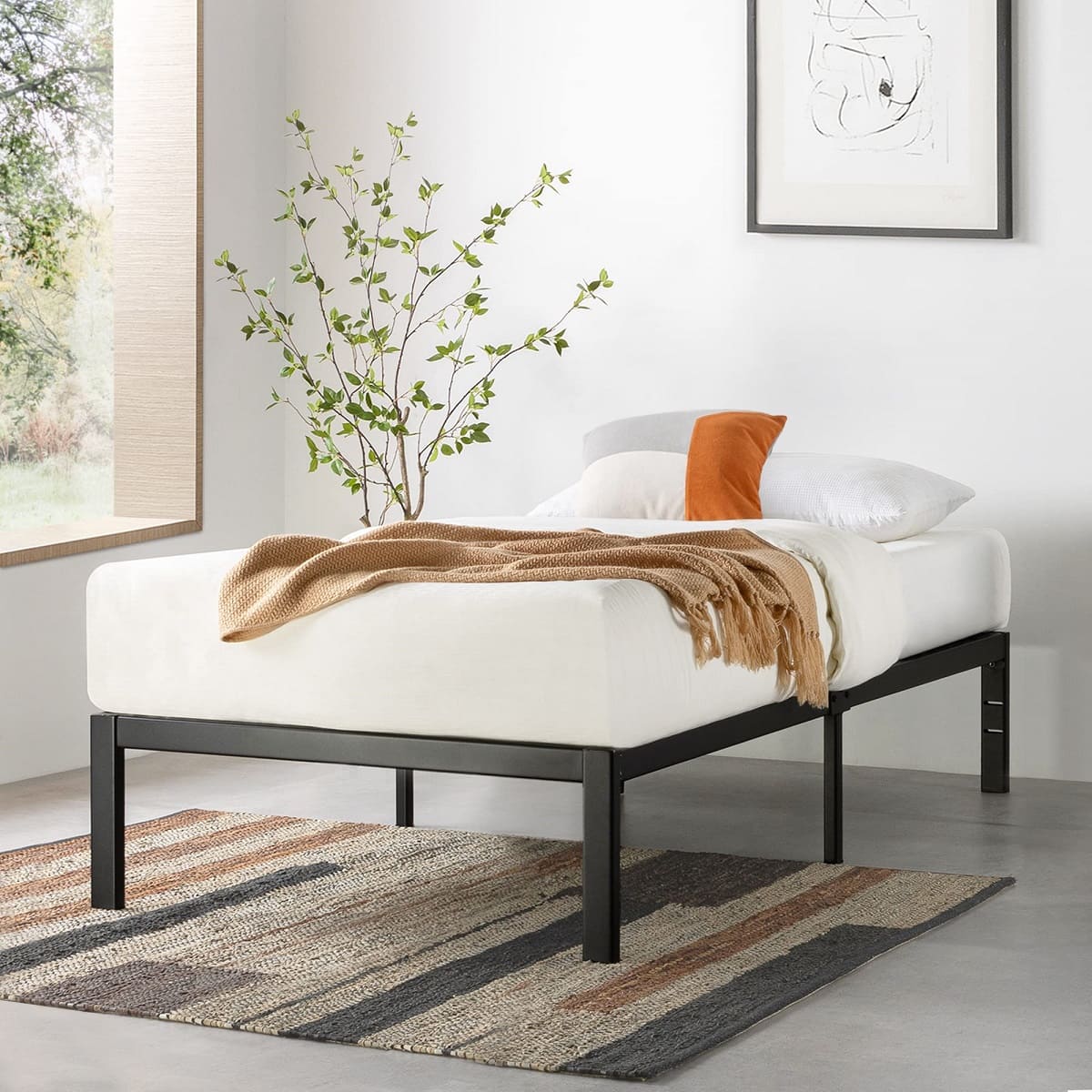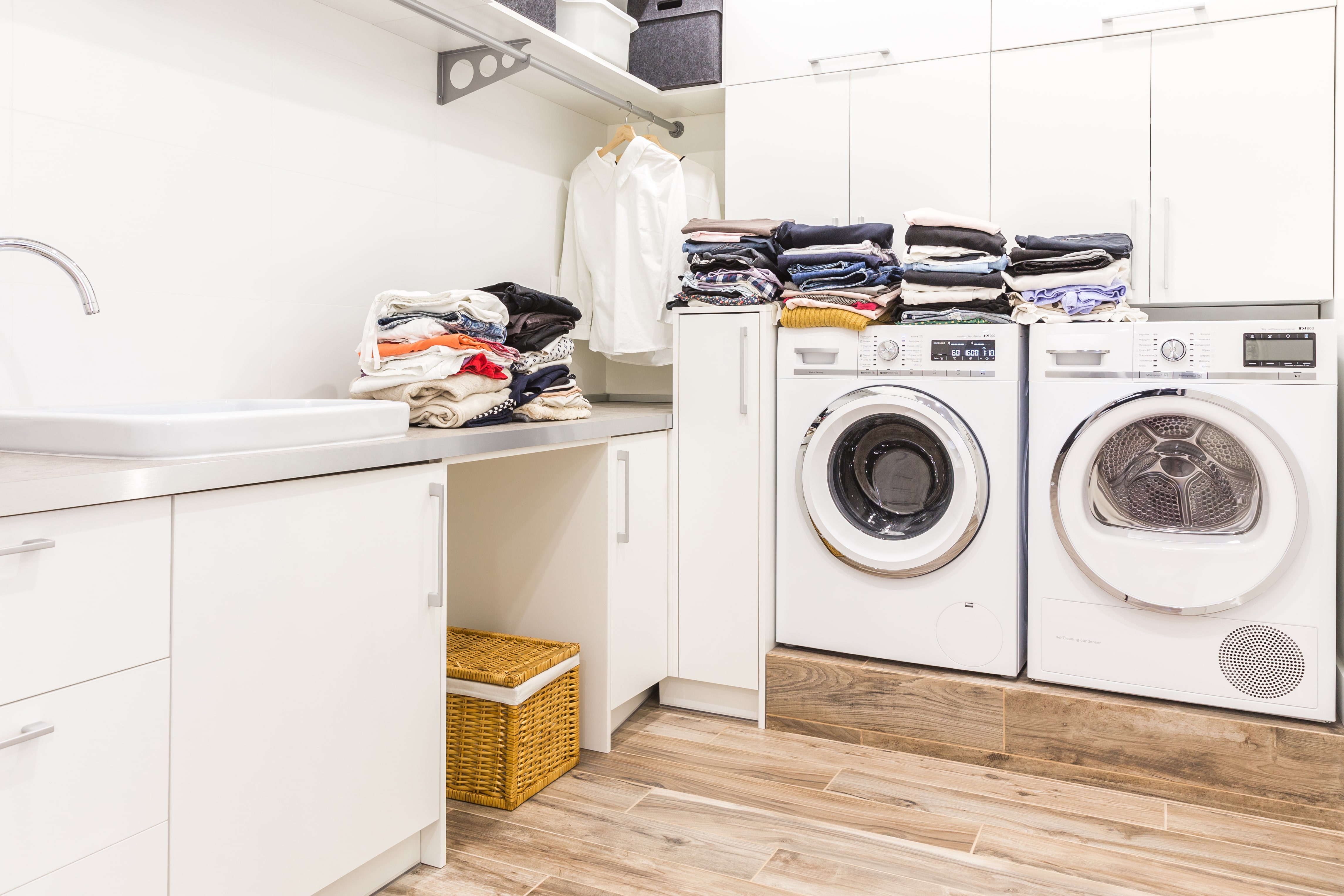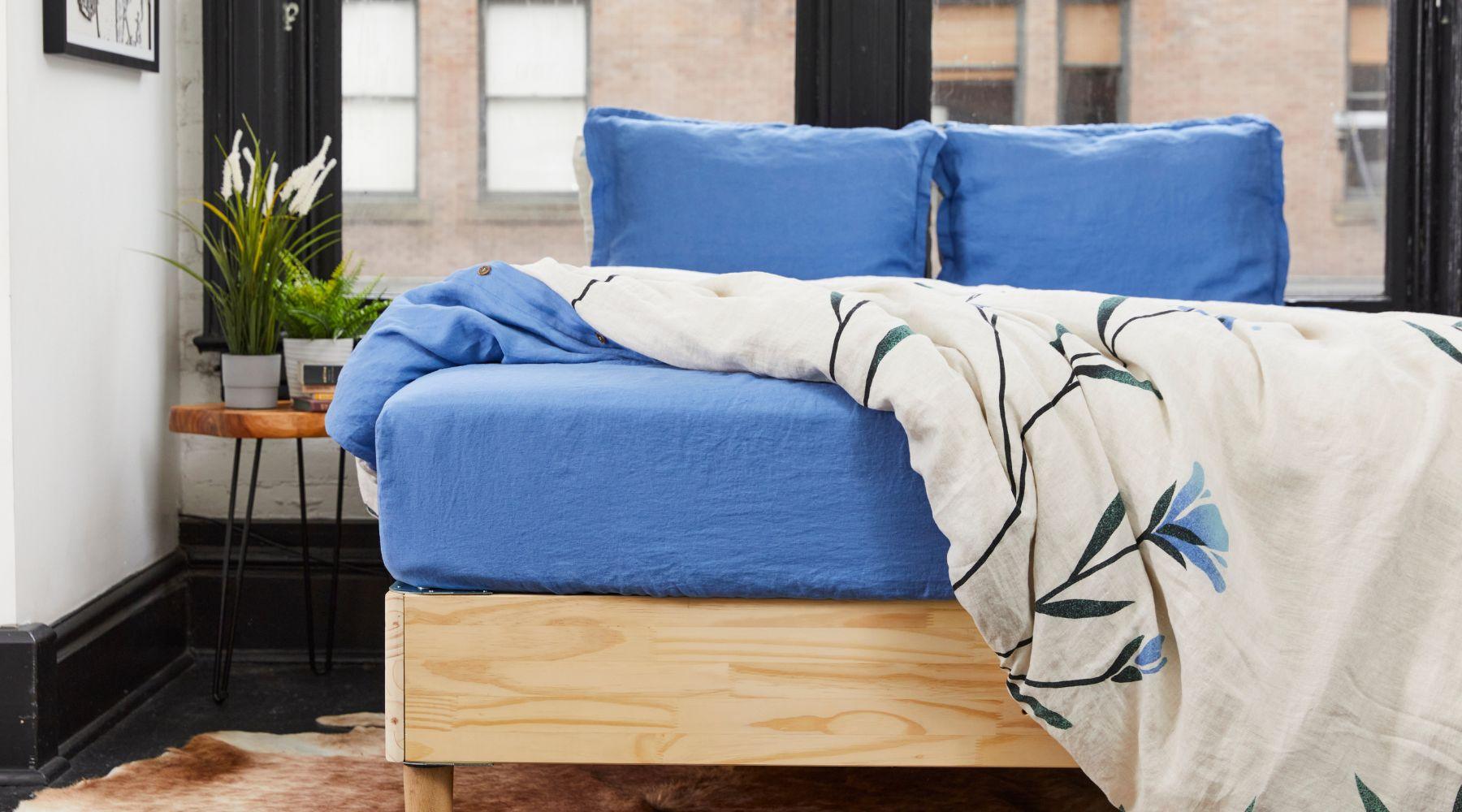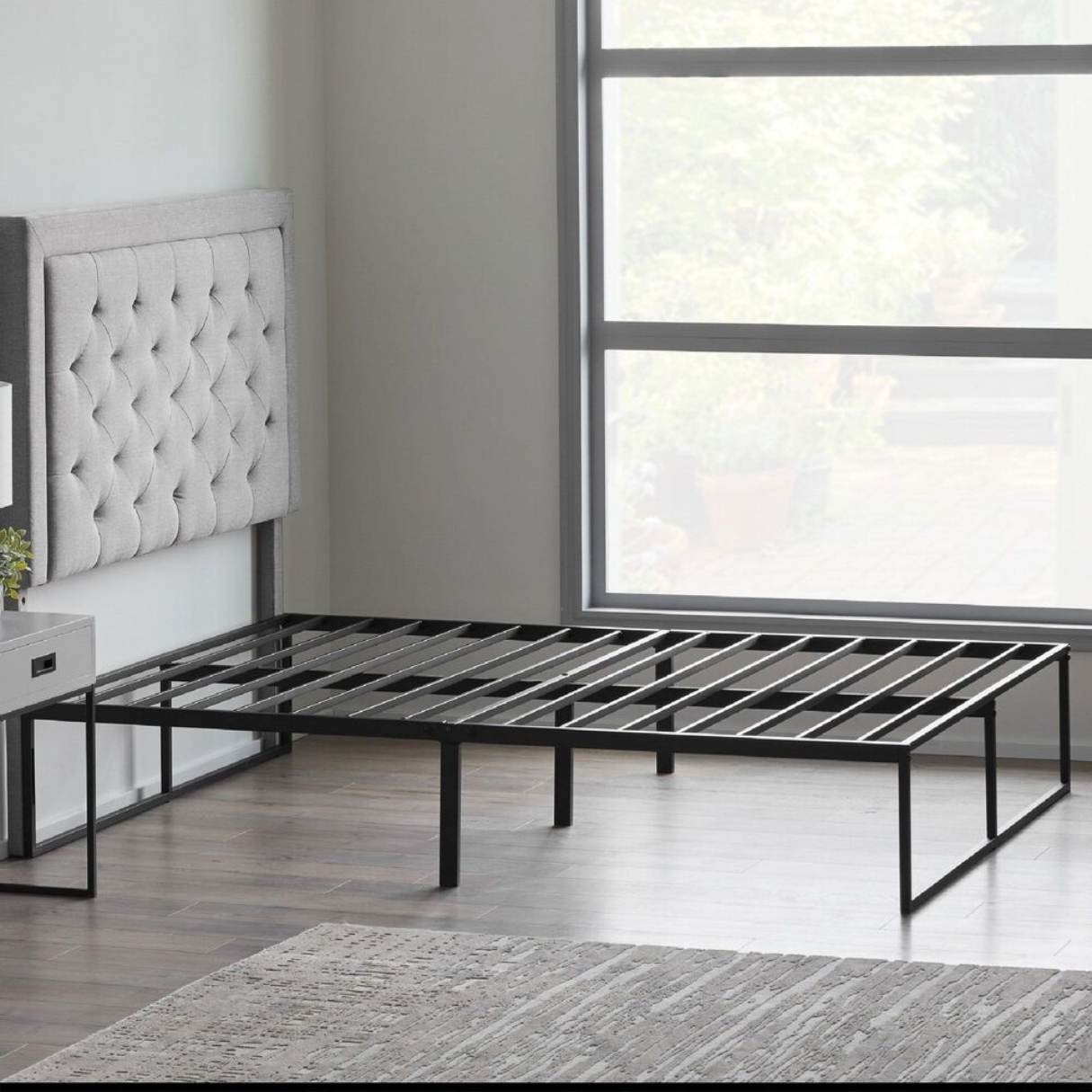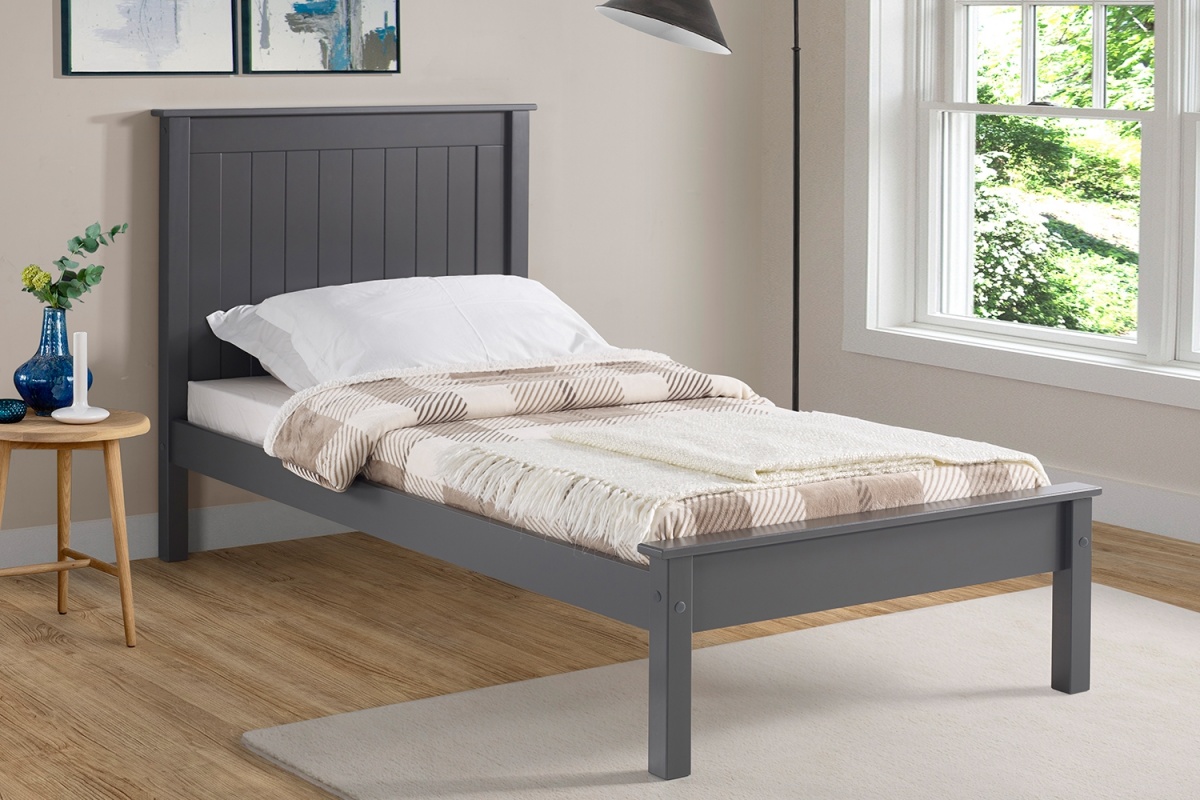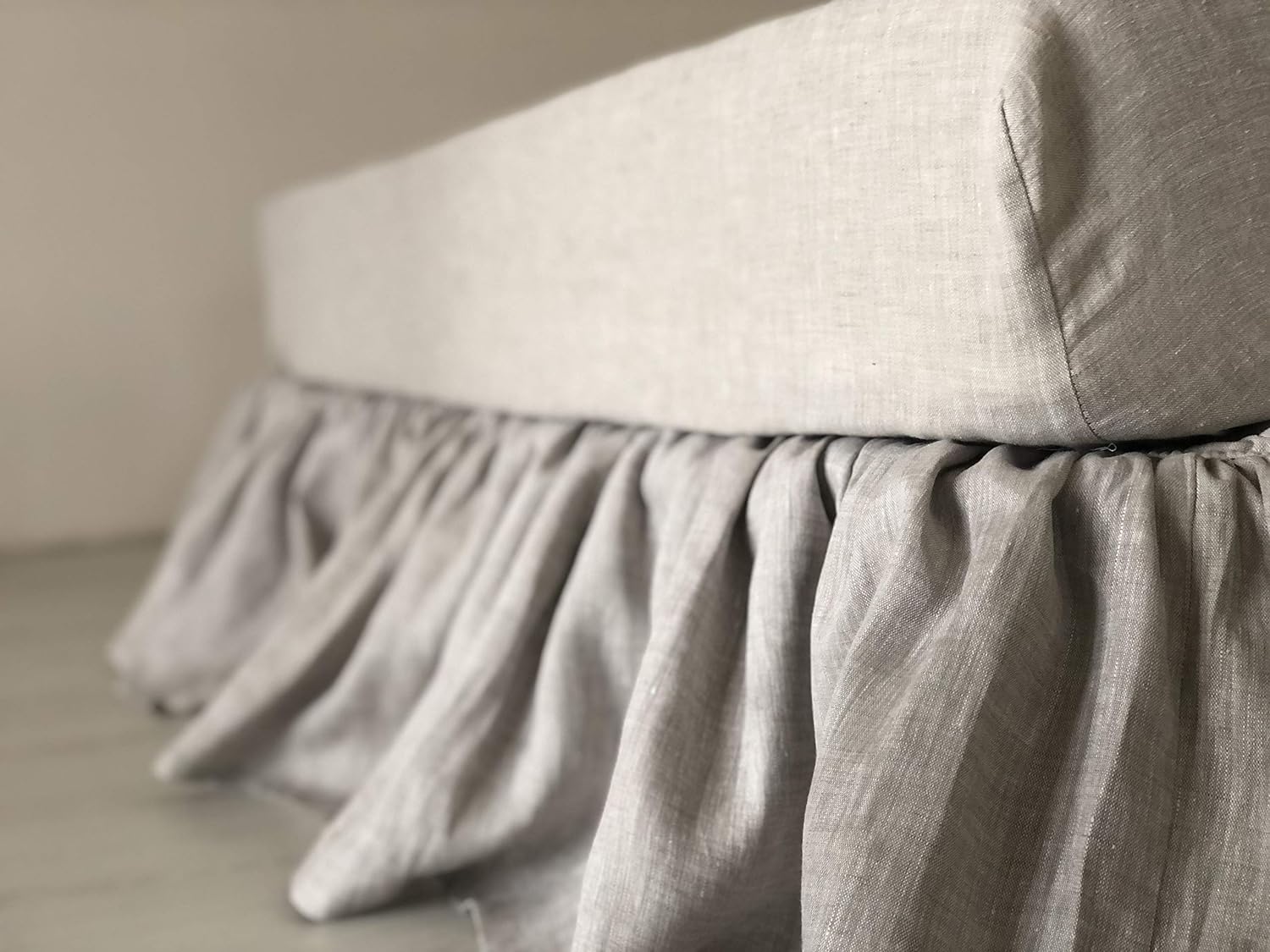Home>Furniture>Bedroom Furniture>How Long Is A Single Bed
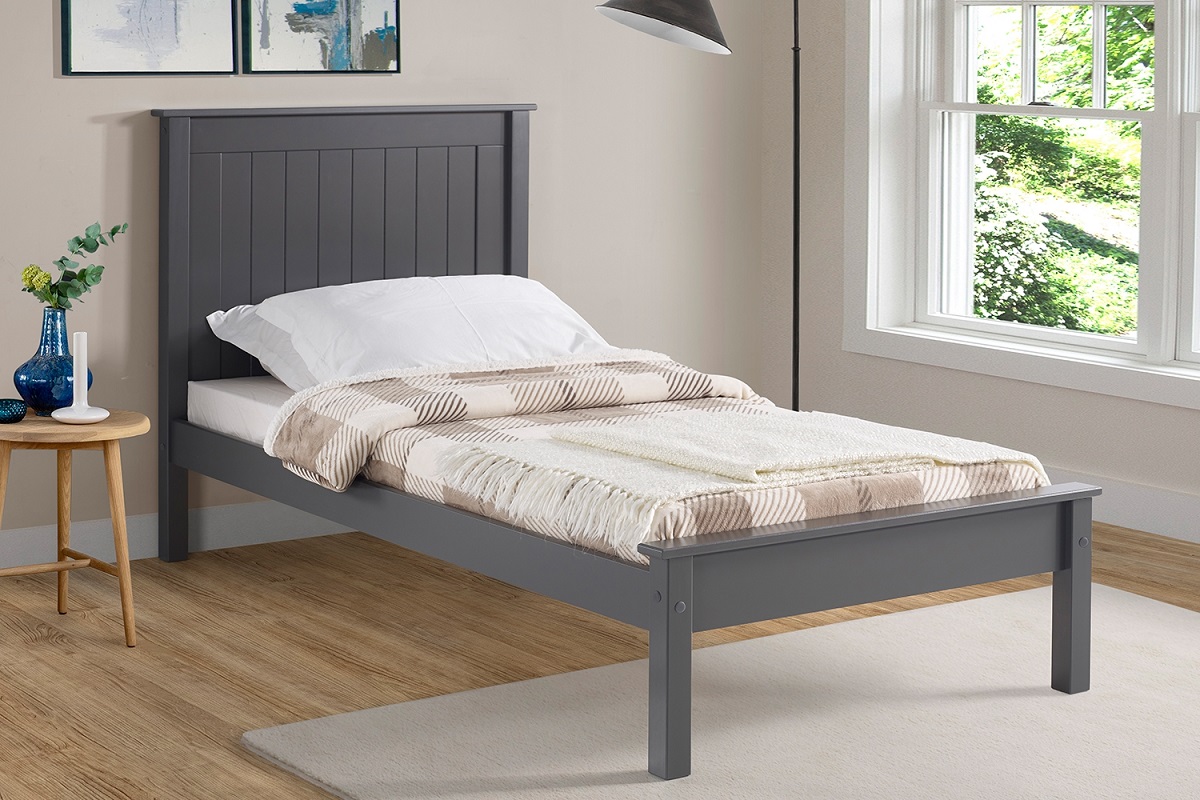

Bedroom Furniture
How Long Is A Single Bed
Published: December 7, 2023
Looking for bedroom furniture? Find out the standard dimensions of a single bed and choose the perfect one for your space.
(Many of the links in this article redirect to a specific reviewed product. Your purchase of these products through affiliate links helps to generate commission for Storables.com, at no extra cost. Learn more)
Introduction
Choosing the right bed size is an essential aspect of creating a comfortable and inviting bedroom. Whether you are furnishing a small guest room or looking for a cozy bed for your child, the length of a single bed is a crucial consideration. A single bed, also known as a twin bed, is a popular choice for smaller spaces due to its compact size. However, determining the ideal length for a single bed can be confusing, as there are variations depending on country and personal preferences.
In this article, we will explore the standard measurements of a single bed, variations in single bed length, factors to consider when choosing the right single bed length, popular single bed sizes in different countries, and the factors that determine the length of a single bed.
So, if you’re in need of a single bed and want to ensure a perfect fit for your space, read on to discover everything you need to know about the length of a single bed.
Key Takeaways:
- The length of a single bed varies based on factors like user height, age, and regional standards, ensuring optimal comfort and a good night’s sleep for individuals of all ages and sizes.
- Understanding the standard measurements and variations in single bed length helps in choosing the perfect fit for a comfortable and inviting bedroom, catering to personal preferences and available space.
Read more: What Size Is A Single Bed Mattress
Standard Measurements of a Single Bed
The standard measurements of a single bed can vary depending on the country and the type of single bed you choose. However, in general, a standard single bed typically measures around 39 inches wide and 75 inches long. This length is considered suitable for most children and teenagers, as well as adults who are of average height.
It’s important to note that these measurements are just the standard dimensions, and there are variations available in the market. Single beds with slightly different lengths are also common. For example, some single beds may be extended to 80 inches in length to provide extra legroom for taller individuals.
Moreover, the width of a single bed may also vary between 36 inches to 42 inches, depending on the brand and style. This allows you to choose a single bed that suits your personal comfort preferences and the available space in your bedroom.
When shopping for a single bed, it’s crucial to check the specific measurements provided by the manufacturer. This will ensure that you select a bed that fits perfectly in your space and meets your requirements in terms of size and comfort.
Now that you have an idea of the standard measurements of a single bed, let’s delve deeper into the variations in single bed length and what factors you should consider when choosing the right length for your single bed.
Variations in Single Bed Length
While the standard length of a single bed is commonly around 75 inches, there are variations in single bed length to accommodate different needs and preferences. These variations can be influenced by factors such as regional standards, specific bed designs, and the intended user’s height.
One common variation in single bed length is the extended single bed, which measures around 80 inches in length. This additional length provides more room for taller individuals to stretch out comfortably without their feet hanging over the edge. Extended single beds are often preferred by adults or teenagers who are taller than average.
On the other hand, there are also shorter single beds available, with lengths around 72 inches or even less. These compact single beds are commonly used in smaller spaces or for younger children. They are designed to save space and provide a snug fit in limited areas such as dorm rooms or small bedrooms.
It’s essential to consider the specific needs of the user when selecting the right length for a single bed. Factors such as height, age, and sleeping habits should be taken into account to ensure maximum comfort and a good night’s sleep.
Additionally, if you are purchasing a single bed for a specific region or country, be aware that there may be regional variations. For example, in some European countries, single beds are typically longer than the standard length found in North America.
When selecting a single bed, it’s also worth considering the overall design of the bed. Some bed styles, such as platform beds or bunk beds, may have specific length requirements to ensure proper fit and safety.
Now that you understand the variations in single bed length, let’s explore the factors to consider when choosing the right length for your single bed.
Factors to Consider for Choosing the Right Single Bed Length
Choosing the right length for your single bed is crucial for ensuring a comfortable and restful sleep experience. Here are some key factors to consider when selecting the appropriate single bed length:
- Height of the User: One of the primary considerations is the height of the person who will be using the bed. Taller individuals may require a longer single bed to ensure their feet don’t hang over the edge.
- Age of the User: If the single bed is for a child, it’s essential to consider the child’s age and future growth. Opting for a slightly longer bed can accommodate their growth and save you from having to replace the bed in the near future.
- Sleeping Habits: Take into account the sleeping habits of the user. If the person tends to move around a lot during sleep, a longer bed may be preferable to avoid discomfort and interrupted sleep.
- Available Space: Measure the available space in the room where the single bed will be placed. Ensure the bed fits comfortably without obstructing walkways or other furniture.
- Bedroom Design: Consider the overall design and style of the bedroom. Some bed frames may require specific bed lengths for proper fit and aesthetic harmony with the room’s decor.
- Regional Standards: If you are purchasing a single bed in a different country or region, be aware of any regional variations in bed length. This will help you select a bed that aligns with the local standards.
By taking these factors into account, you can make an informed decision and choose the right length for your single bed that caters to personal preferences, comfort needs, and the available space in your bedroom.
Now that you understand the factors to consider, let’s explore the popular single bed sizes in different countries and regions to gain a broader perspective.
A standard single bed is typically 75 inches long, but it’s always best to check the specific measurements of the bed you are interested in to ensure it meets your needs.
Popular Single Bed Sizes in Different Countries
Single bed sizes can vary significantly from country to country, as different regions have their own standard measurements and preferences. Here are some popular single bed sizes found in different countries:
- United States: In the United States, the standard single bed size is typically 39 inches wide and 75 inches long. This size is commonly referred to as a twin bed.
- United Kingdom: In the United Kingdom, single beds are slightly larger, measuring 36 inches wide and 75 inches long. However, there are also variations, such as small single beds measuring 30 inches wide by 75 inches long.
- Europe: In Europe, single bed dimensions can vary across different countries. In general, European single beds tend to be longer than those in the United States. It is not uncommon to find single beds measuring around 35 inches wide and 79 inches long.
- Australia: In Australia, single beds are similar in size to those in the United States, measuring approximately 39 inches wide and 75 inches long.
- Japan: In Japan, single beds are typically smaller, with dimensions around 33 inches wide and 77 inches long. These compact sizes are suited for smaller living spaces commonly found in Japanese homes.
It’s essential to note that these are just generalizations, and you might come across variations within each country. Additionally, variations in single bed sizes can also be found within specific regions or specific bed manufacturers.
When purchasing a single bed, it’s best to check with local retailers or manufacturers to ensure you choose the right size according to your country’s standard measurements or regional preferences.
Now that you have some insights into the popular single bed sizes across different countries, let’s explore the factors that determine the length of a single bed in more detail.
Read also: 14 Unbelievable Single Bed Frame for 2024
Factors That Determine the Length of a Single Bed
The length of a single bed is influenced by several factors that can vary based on regional standards, design choices, and user preferences. Here are some key factors that determine the length of a single bed:
- Standardization: Each country may have its own standard measurements for single beds, which ultimately influences the length. These standards are typically based on average human height and ensure compatibility with bedding and other furniture.
- User Height: The height of the intended user is an important consideration. Taller individuals may require longer beds to ensure their feet comfortably fit within the bed’s boundaries, while shorter individuals may find standard length single beds more suitable.
- Manufacturer and Design: Manufacturers and designers have the flexibility to create single beds with different lengths based on their market research, customer preferences, and design aesthetics. Some may offer extended or shorter versions of the standard length to accommodate specific user needs or cater to different bedroom styles.
- Customization Options: Some bed manufacturers offer customization options, allowing customers to choose the desired length of their single bed. This can be particularly beneficial for individuals who fall outside the standard height ranges or have specific comfort requirements.
- Space Constraints: The available space in a room can also impact the length of a single bed. In smaller bedrooms or tight spaces, opting for a shorter length may be necessary to ensure the bed fits properly without overcrowding the room.
- Cultural Preferences: Cultural norms and preferences can also influence the length of single beds. In certain regions, people may have specific expectations or requirements for bed lengths based on their traditional customs or cultural practices.
It’s important to consider these factors when choosing a single bed, as they will help you find the right length that promotes comfort, aligns with your personal needs, and fits seamlessly within your space.
Now that we have explored the factors that determine the length of a single bed, let’s conclude our discussion.
Conclusion
Choosing the right length for a single bed is essential for creating a comfortable and inviting sleeping space. While the standard length of a single bed is typically around 75 inches, variations exist to accommodate different needs and preferences. Factors such as user height, age, sleeping habits, available space, and regional standards play a significant role in determining the ideal length.
Understanding the standard measurements of a single bed, variations in length, and the factors to consider when selecting the right length can help you make an informed decision. By considering the height and age of the user, their sleeping habits, and the available space in your room, you can choose a single bed length that provides optimal comfort.
Furthermore, it’s important to be aware of cultural differences and regional preferences when selecting a single bed size, as standards can vary from country to country. Checking with local retailers or manufacturers can help ensure you choose a bed that aligns with your region’s standard measurements or specific preferences.
Remember, the length of a single bed is just one aspect to consider in creating a cozy and functional bedroom. The design, style, and quality of the bed frame, mattress, and bedding also contribute to a comfortable and restful sleep experience.
Ultimately, the goal is to create a sleep environment that promotes relaxation and rejuvenation. By taking into account the various factors discussed in this article, you can confidently choose the right length for your single bed and create a space that meets your unique needs and personal style.
So, whether you’re furnishing a small guest room or designing a comfortable bed for your child, make sure to consider the length of the single bed and create a comfortable retreat that is perfect for your needs.
Frequently Asked Questions about How Long Is A Single Bed
Was this page helpful?
At Storables.com, we guarantee accurate and reliable information. Our content, validated by Expert Board Contributors, is crafted following stringent Editorial Policies. We're committed to providing you with well-researched, expert-backed insights for all your informational needs.

